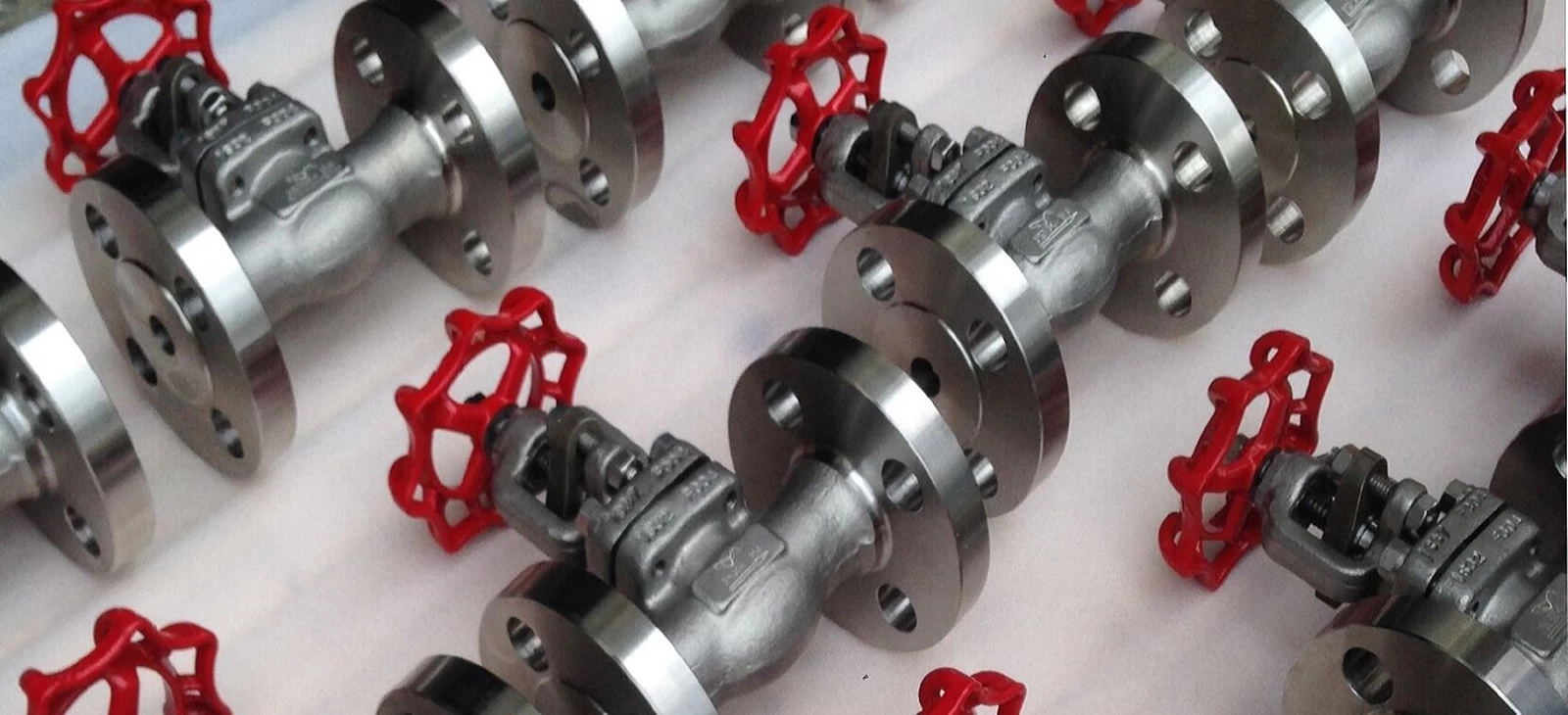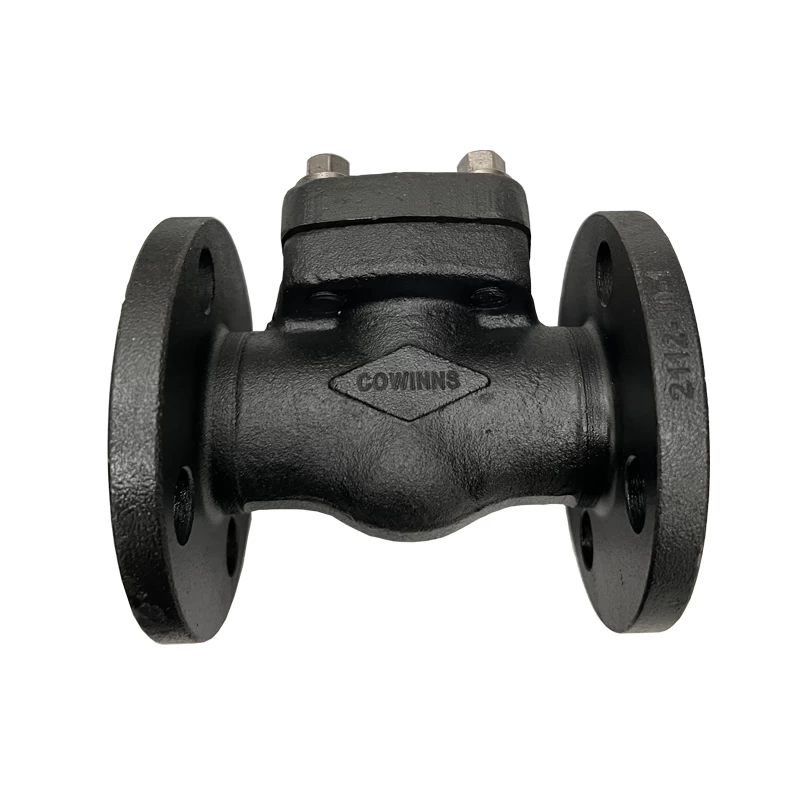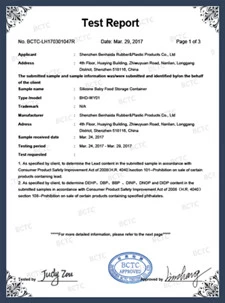6 kind industrial valves working principle
Control valves are “hands and feet” that realize the automation of the production process. They are installed on the production site and are always in contact with the medium to regulate the flow.
Trunnion ball valve
Trunnion ball valve, which controls the opening and closing of the valve by rotating the ball in the valve. There is a through hole in the middle of the ball, which can be rotated 90 °. The diameter of the through hole is equal to or smaller than the diameter of the pipe. When the ball is rotated 90 °, the inlet and outlet of the pipe The surfaces are spherical, so the valve is closed, and the fluid is cut off. When the ball valve rotates 90 °, the inlet and outlet surfaces of the pipe are spherical holes. The fluid passes through the valve, and the ball valve can be rotated to different angles, so that the size of the fluid can be controlled. Fixed ball valve Commonly used on general pipelines, such as water, oil, steam, etc.

Globe valve
Globe valve, also known as stop valve, can completely seal off the outlet of the valve seat by applying pressure by rotating the valve stem, thereby preventing the flow of fluid; globe valves are commonly used in natural gas, liquefied gas, sulfuric acid and other corrosive gases and liquid pipelines.

gate valve
The gate valve is like a gate. By rotating the valve stem, the gate is controlled to make vertical movement to control the fluid. The sealing rings on both sides of the gate can completely seal the entire cross section. The gate valve can only be fully opened and fully closed, and cannot be used to regulate the flow. The gate valve is mainly used as a shut-off device on pipes such as tap water, sewage, and ships.

Swing check valve
The swing check valve is opened by the pressure of the fluid. When the pressure of the fluid in the inlet and outlet pipes of the valve is balanced, the valve cap can be closed by its own gravity to prevent the fluid from passing through. Its main function is to prevent the fluid from flowing backward. , Belonging to the category of automatic valves; mainly used in petroleum, chemical, pharmaceutical and other pipelines.

Butterfly valve
Butterfly valve, also known as flap valve, can be rotated 90 °. By rotating the valve stem to drive the disc to change the angle of the disc, the flow of fluid can be controlled. It can be used to cut off, connect, and adjust the fluid in the pipeline. It is used as a regulating and shut-off device in water supply and gas supply lines.

Control valve
The regulating valve, also called the control valve, is used to control the size of the fluid. When the regulating part of the valve receives the regulating signal, the valve stem will automatically control the opening and closing degree of the valve according to the signal, so as to adjust the fluid flow rate and pressure; it is often used for heating , Gas, petrochemical and other pipelines.

 +86 512 68781993
+86 512 68781993 


















